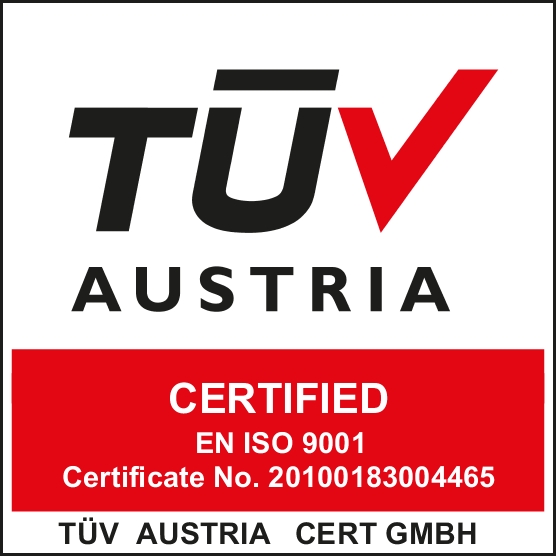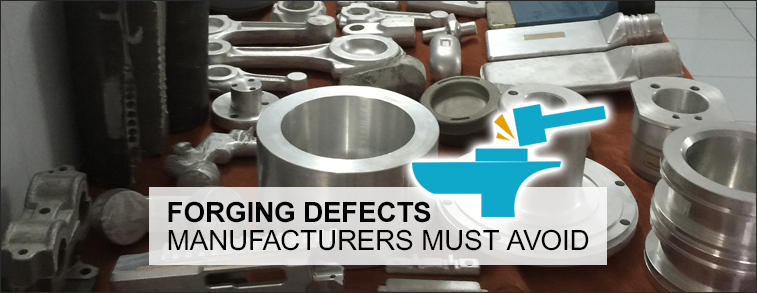- sales@indiaforging.com
- +91-98817-01007 / +91-253-2310221 / 2310275

BLOG
Forging defects manufacturers must avoid.

The forging process involves heating metals to shape them by applying suitably compressive force. Forging, as technique, exists to enable the consistent delivery of quality, which would otherwise not be possible in manufacturing. Forging defects mainly occur due to compressive stress.
While modern equipment, skillfully engineered processes, and quality raw materials have made this a near-error-free process, forging manufacturers routinely take care that defects don’t appear using necessary measures, such as understanding the use of design to direct the grain flow towards principal stresses encountered in its application.
Defects that have so far been identified and can be avoided while manufacturing metal forged products include surface cracking, laps and folds, cold shuts, improper grain flow and warping of a part.
Exterior Interior Cracking: Excessive stress causes cracking. Unequal stress distribution during forging also causes cracks. This is due to poorly designed forging die or excessive material in the job piece. It can also occur due to high thermal gradients used during the manufacturing operation.
Laps/ Folds: This forging defect occurs in a metal forging when sudden sideways deflection occurs due to compressive stress. Usually, this is related to estimation deficits and using less of the material in the work piece. It helps to calibrate compressive stress to make it defect-free.
Cold shuts: When metal is heated, its temperatures have to meet or else they do not weld uniformly. They form a boundary layer known as a cold shut, which forms at the intersection. This also occurs due to sharp corners or high friction. This problem can be avoided if metal flow mechanisms in the mold can be monitored.
Improper Grain Flow: Forging companies have found that cracks occur when grain flow is not even and properties like fatigue strength, ductility and impact toughness are compromised. This forging defect is due to improper die design.
Warping: Warping has been observed when thinner sections rapidly cool while thicker sheets of metal take longer to cool. This distorts the forged material. Forging manufacturers have to rely on technological breakthroughs to avoid this defect.
Defects in metal forging can be controlled by careful consideration of work material volume, good designing of the forging die and careful attention during the process. Forging companies use a good rule of thumb- they bring material distribution and the flow of the material to accomplish these defect-free forging. Die cavity geometry and corner radius measurements are being used increasingly, to get defect free products.
Recent Posts
Please send us your queries or requirements on:
sales@indiaforging.com- soumil@indiaforging.com
Email:
- +91-98817-01007
- +91-253-2310221 / 2310275
Phone:
Aress High Duty Forgings Pvt. Ltd.
Address:
- E-27, MIDC, Malegaon, Sinnar, Nashik - 422103
Factory:
Unit No. 3, 1st Floor, Shivneri,
Next to Ramdas Colony Garden,
Canada Corner, Nashik - 422005


